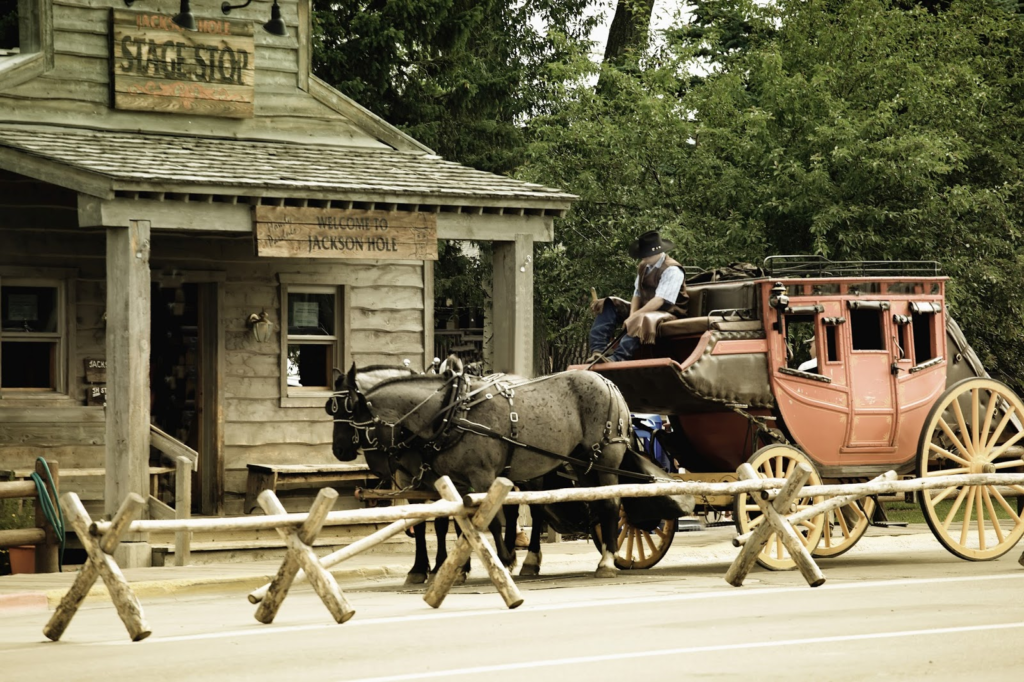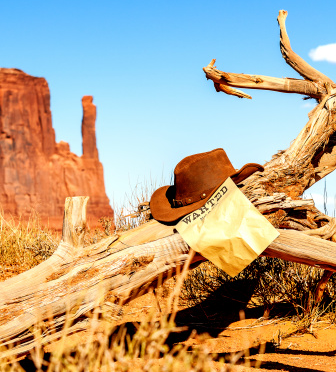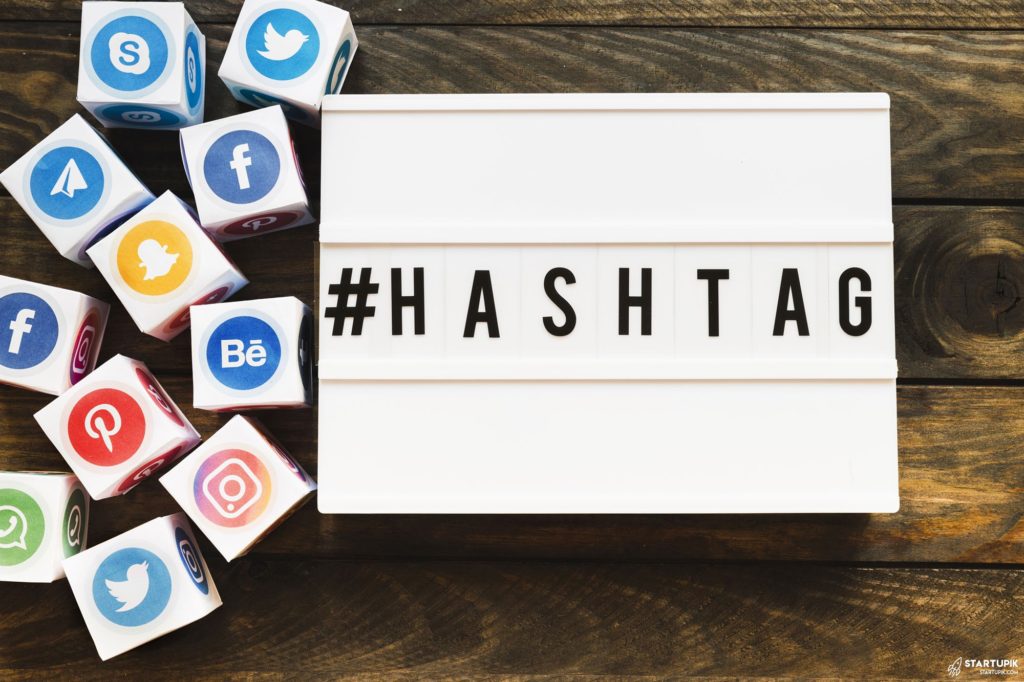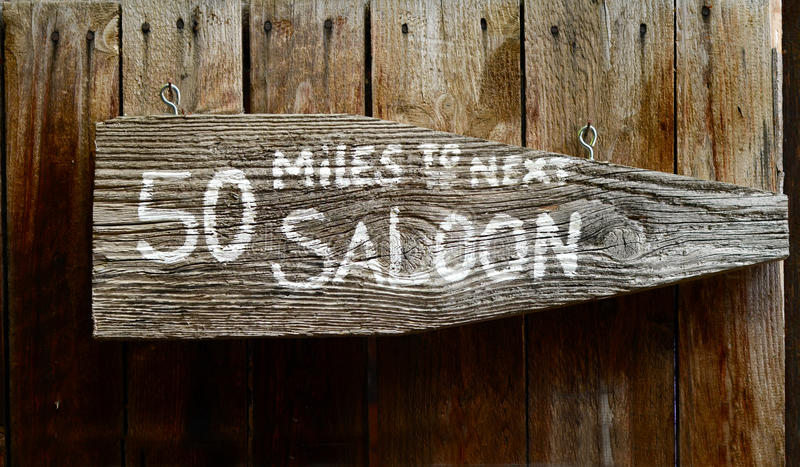If you took a journey back in time to the wild west of hashtags. Or as I like to write it; The Wild Wild West of #hashtags! What comes to mind? Cowboys, Indians, Unchartered Territories, Towns of the West, Stagecoaches, Trains, Saloons, Shoot-outs, Trading Outposts, Cattle Ranches, and some Outlaws? Maybe all the above.
However, when we talk about Western Towns you can’t not think about Saloons. Additionally, they seemed to be the hub of the town. It was the go-to place, like that of a current day community center and gathering place. And an occasional church service or too, as well. All the while, gambling and drinking would stop, for a short period of time.
Also, Saloons provided the usual, as we remember from the movies, like trade posts, dining and lodging, along with companionship and social drinking, of course. Although gunfights were less likely than that of the movies, they did still occur. Albeit, not from Outlaws so much, as disagreements from gambling games.
Now, with all of this going on in Saloons back then, they were like social media back in their day! Indeed, this was the case. Providing a wealth of gossip, giving way to getting news and engaging in finding work. People from all walks of life, on the move to search new territories coming through town; always stopped at the local saloon for information. The perfect hub of the towns.
So, what does this have to do with The Wild Wild West of #hashtags?
This all started with social media. A place where everyone gathers to hang out in modern times, today; from Twitter, to Facebook (meta), to Instagram, all the way to LinkedIn. Thereupon hashtags were created first at Twitter by an employee, Chris Messina. He is the inventor of the hashtag and in 2007 sent out the first hashtag, #barcamp. His idea was to group together conversations, with the pound sign. Rather these conversations concerned a particular conference they were going to attend.
Afterwards, Stowe Boyd a blogger in August 2007 first calling them “hashtags” in his blogging post seen below, about googling hashtags.
“My sense is that tags in Twitter, as elsewhere, define shared experience of some kind, involving all those using the tag. And the use can be either actively putting a hash tag (like “#hashtag”) into a tweet, or more passively opting to follow a stream of tweets related to a tagged theme.” – Stowe Boyd, 2007
Yes, the wild west of hashtags are becoming stronger for connecting information:
Also, late in 2007, California resident Nate Ritter was constantly tweeting about the local wildfires. And, he started tweeting with #SanDiegoFire, as suggested by Messina.
However, Twitter did not fully promote the idea until 2009. Then they came out full force when they hyperlinked hashtags. Implementing this now, meant that marketing with hashtags was no longer an option! Adding the ease of a single click made it so easy. Social media marketers never looked back.
Meanwhile, Twitter also released a new way to track popular conversations on their site. Their new “Trending Topics” monitor popular hashtags & phrases, as well as trending hashtags. Twitter changed the way they used their platform. This created a wave across other social media platforms and thus changed the landscape.
Likewise, Facebook dabbled with hashtags on their site, but didn’t dive into it themselves fully until 2013. Unfortunately, Google + was ahead with hashtags by a whole year earlier. Also, Instagram only came out because of hashtags, born in 2010. Now to be considered a Social App, you must have the ability to hashtag. Everybody is hashtagging these days on social media, social apps, just like a modern day Saloon of the old wild west. And, you can even order booze. What’s changed?
#hashtags are a part of our current world, but we need only look back to the past to answer the why! Just one word, Saloon has a whole new meaning now. Meaning, we will always seek out a way to communicate with others. One way or another, don’t you think? Communication with one another is key to a town’s success.
What really is a hashtag?
Well most have heard of hashtags but never used them. It is really just the use of the pound sign (also called an octothorpe) before using keywords to promote quick search results connecting with others doing the same; for a specific topic, conversation, event or theme. Like that of the title, the Wild Wild west of #hashtags.
#hashtag basics on your own;
- Always start with # but they don’t work if you use spaces, punctuation, or symbols.
- Make sure any of your accounts are public. If not, any hashtag content you write will not be seen by any non-followers.
- Don’t string a lot of words together. The best hashtags are the ones that are short & easy to remember.
- Use specific and relevant hashtags. If not they won’t be used by the multitudes of other social media hashtaggers.
- Limit the use of the number of hashtags used. More is not always better. It could look like spam.
- #hashtags are not just for twitter any more!
They’re just one of those funny social media features; difficult to understand and maybe to use. Still, once you get the hang of them, results become like magic. Even so, they’re most popular on Twitter and Instagram.
~ Social Media and the use of hashtags!
If you’re using social media to market your own brand, you should be using hashtags. Hashtags help boost, hopefully, your brand’s social media reach. You need to be effective and have a good strategy; including hashtags with a mix of being popular, being relevant, as well as branded.
It’s important that, if you’re going to make it as a social media marketer, you know your hashtag history.
~ Is it really that important to use hashtags?
Hashtags are a terrific way to communicate with other like-minded people. As well as, for just about anything. You can use hashtags to help you in promoting products and services. Keep up with breaking news, trends and things you want to follow on social media platforms. Use them to raise awareness for a shared cause.
Along with that, creating your own branded hashtag can be a great way to promote your business and increase conversational traffic. In addition, it’s really as simple as incorporating a tagline into a hashtag or using your company name.
~ Most Popular #hashtags in 2022!
Remember, not all popular hashtags should be used as they do not solicit likes. or engage your followers and do not add meaning to your social media post. Like the hashtag #followme having 575 million posts on Instagram. This is not what you want.
That being said, do not ignore other popular hashtags or those daily hashtags, like #flashbackfriday. All these can be fun and expand your brand in the social media conversations through likes, shares, comments, and new followers.
As of April 14, 2022, these are the top 10 hashtags on Instagram:
- #love (1.835B)
- #instagood (1.150B)
- #fashion (812.7M)
- #photooftheday (797.3M)
- #beautiful (661.0M)
- #art (649.9M)
- #photography (583.1M)
- #happy (578.8M)
- #picoftheday (570.8M)
- #cute (569.1M)
Accordingly, depending on the social Media platform, the most popular hashtags vary. For example, on LinkedIn, their most popular is #investing and #personaldevelopment.
Make sure your using hashtags that are relevant to your brand & what YOU represent. Find some niche ones that are YOU.
Mostly, popular hashtags are universal now and are not brand specific to any industry or any theme. And the use of popular hashtags are in the millions…maybe billions by now.
Why use hashtags in the first place? The Wild Wild West of #hashtags
Well, back to the one word we spoke of at the beginning of this wild west journey, Saloon, and the need to communicate with others for many reasons. And so, hashtags do just that and more. Thus, the Wild Wild West of #hashtags!
Besides, using hashtags is a simple way to put into context what you’re talking about. And no need to use up valuable characters or having repetitive captions.
Not just getting information out there, but sharing your brand with the world. Worldwide communication on a big scale, not just the community nor the town, but the whole world. Very Cool!
Finding the Best #hashtags to Use! The Wild Wild West of hashtags
You need to do some research in order to find hashtags that are brand specific to your industry, and your audience.
- Monitor social media influencers and competitors. Gather intel about others social media posts in your same niche. How many hashtags do they incorporate in their posts and which ones do they use most often..
- Know which hashtags are trending. You can get what is called RiteTag. It’s a tool used for uploading photos with your captions. It also gives you hashtag suggestions based on your content. They will be the hashtags to get seen instantly and others to get you seen over time. It even has a reporting system
- Get a social media listening tool. Like Hootsuite that lets you use search streams to find the best hashtags for whatever platform you’re on. It just makes it easier to see the most effective and most popular hashtags.
- Find related hashtags. These may not be as popular, but they are more specific to help you get connected to a more targeted audience.
- Analyze hashtags that were successful on past posts. Keep track of your hashtags and see which ones are the most popular. See if you can define a trend. Then, use the ones in future posts that get the most traffic, likes.
Platform Specific #Hashtag Information:
Twitter hashtags:
- You only get 280 characters, so use hashtags wisely.
- 2 is the most hashtags you should use in a post
- You can place hashtags anywhere in your tweets.
- If creating a new Hashtag, be sure it’s not being used. Research.
- When you retweet, you can add hashtags in a comment, in replies & in your Twitter bio.
- Check out trending hashtags in Twitter’s trending topics.
- If you want to find hashtagged content, simply type a hashtagged keyword into Twitter’s search bar.
- Remember, less is more.
Instagram hashtags:
- 3-5 is the most hashtags you should use in a post. But your allowed up to 10 in your Instagram Stories (Note:
- Stay away from adding hashtags in the middle of your captions or comments, your content can become potentially less accessible to people using text-to-speech readers.
- Safest bet is to group hashtags at the end of your caption (or in your comment).
- To search hashtags go in the Tags tab of Instagram’s Explore section.
- Follow hashtags. So you can get content from any creator to show in your feed pending both are using the same hashtag.
- If you have an Instagram Business Account, you are able to access Instagram Insights. Now you can see the amount of impressions your profile got from hashtags.
- When you reply, you can add hashtags in a comment, in replies & in your Instagram bio.
- So followers can focus on the great caption you’ve written, consider posting your hashtags as the post’s first comment.
- Remember, less is more.
NOTE: Unfortunately, Instagram Stories are no longer featured on hashtag pages or shown to users who follow a tag. This means that hashtags won’t necessarily help get your Stories in front of new audiences, but you can still use them to add context to your content.
Facebook hashtags:
- 3-5 is the most hashtags you should use in a post
- You can have Hashtags in any part of your written Facebook post or in your comments.
- ~Useful for the purpose of grouping content by theme or topic in private Facebook groups~
- Use Facebook’s search bar to look for hashtags.
- Ability to search for hashtags used in private groups by using the group’s menu, then “search this group” bar.
- Also have the ability to just click on a hashtag to see a feed of Facebook posts using that very hashtag.
- You should monitor your brand’s hashtag. See if any public profiles are joining the conversation using this URL facebook.com/hashtag/_____. Just add the keyword at the end, you want to search for.
- Know; it’s more challenging for brands to keep track of how users interact with your hashtags.
- Remember, less is more.
YouTube hashtags:
- 3-5 is the most hashtags you should use in a post
- You can use, possibly up to 15 hashtags. However, YouTube can ignore all your hashtags and flag all your content due to this excessive behavior.
- In the YouTube search bar, Type in the pound sign # (thus, hashtag) to find popular tags.
- And, the 1st three hashtags will show above the title of your video in the description if you don’t include the hashtag in the title.
- Hashtags are also hyperlinked. Done in descriptions and titles. This way followers can use the same hashtags to find other content and can click on either one.
- Click on hyperlinked hashtag. Now you can see feeds with other videos using the same hashtag.
- Add hashtags in your brand’s YouTube video or in the video description.
LinkedIn hashtags:
- 3-5 is the most hashtags you should use in a post
- Hashtags can be incorporated in your posts anywhere.
- Search hashtags by placing them in the search bar.
- In the ‘news and views’ section on your Home page, you can see trending LinkedIn hashtags.
- Also as you write an update you’ll receive hashtag suggestions.
- Keep the use of hashtags professional as LinkedIn is a professional platform.
- To see recent posts incorporating a specific hashtag, follow that hashtag in LinkedIn.
- Remember, less is more.
Pinterest hashtags:
- 2-5 is the most hashtags you should use in a post.
- Do not use more that 20 hashtags in a Pin description!
- When used correctly, hashtags can give your content an extra boost. Pinterest is viewed as more of a keyword engine.
- When creating a new pin, Pinterest offers hashtag suggestions. (Mobile version only)
- Using Pinterest for Business, include Pinterest hashtags when writing a description. When repinning use in the written description.
- Pinterest is a search engine, so use hashtags that are specific, searchable and contain relevant keywords.
- Remember, less is more.
TikTok hashtags:
- 3-5 is the most hashtags you should use in a post.
- You can use the search bar to find interesting hashtags
- TikTok hashtags can be found on the Discover page or in video descriptions. View trending hashtags or videos currently using them.
- Leave space in your captions for hashtags.
- Use niche and trending hashtags in combination.
- You can create a branded hashtag challenge. This will engage your audience & boost brand awareness.
BEWARE: There is a list of BANNED HASHTAGS that can get you banned from various sites. Since there are too many to list here, I am sharing a couple links below to help you;
- https://metahashtags.com/banned-hashtags/
- https://support.tiktok.com/en/safety-hc/account-and-user-safety/content-violations-and-bans














